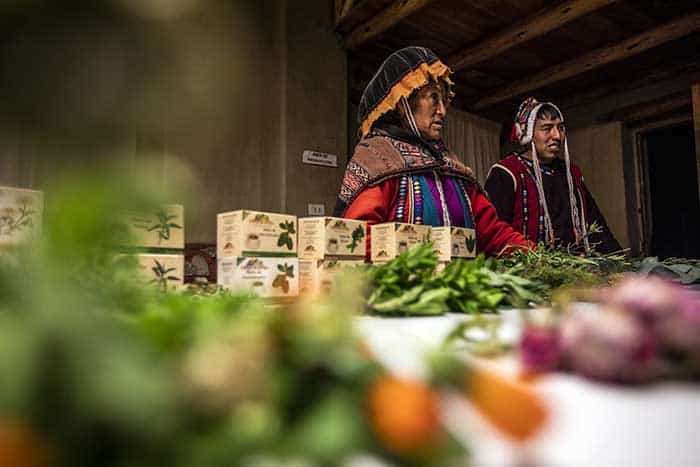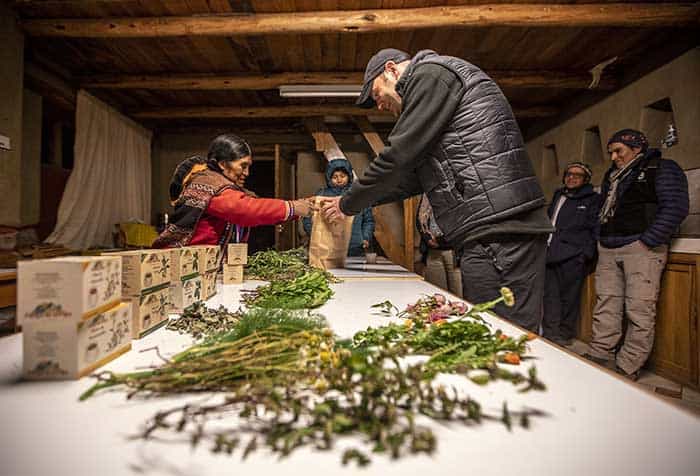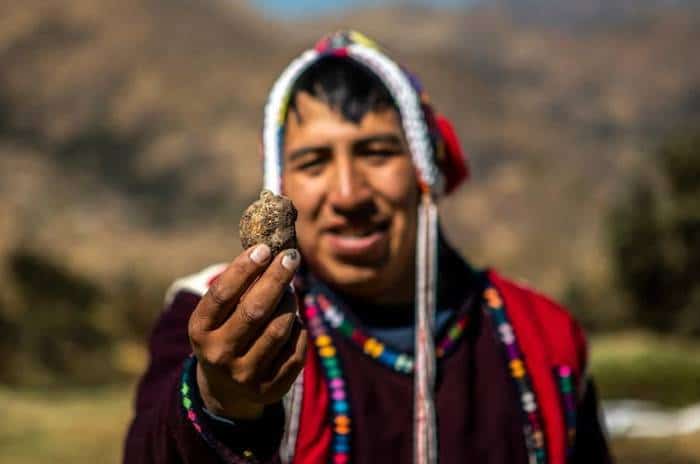
The 5 small Andean communities which make up the ‘Potato Park’ are a perfect example of such heroes. Even though the name ‘potato park’ may sound like a touristic experience, it is far from it. Located in the Cusco region, the communities of the potato park aim to preserve their great diversity of potato varieties to safeguard them for future generations. I was looking for an authentic encounter away from the tourist crowds and my visit to the Potato Park was exactly what I needed.
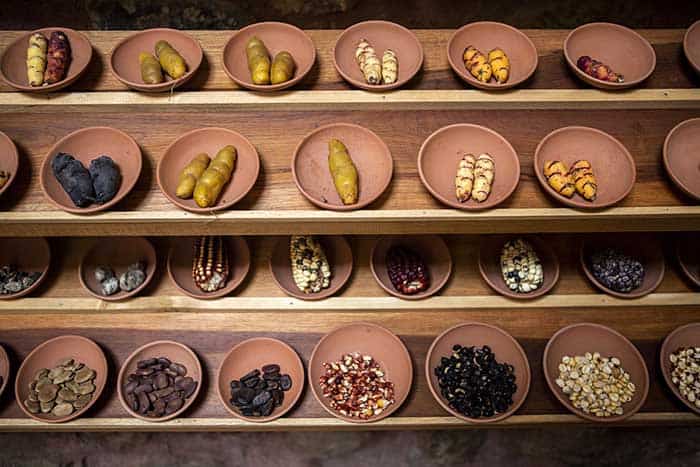
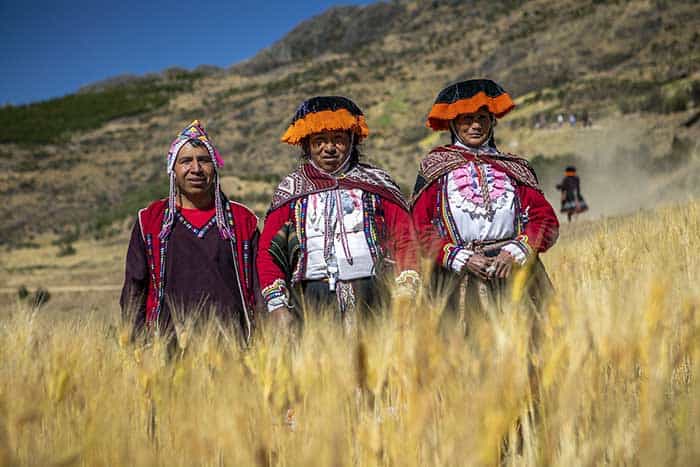
In Parque de la Papa, the five communities alone are sitting on a treasure of more than 700 natural species, which they are happy to share - just like the sustainable traditions in the Andes have always instructed. The communities are open to tourists and the inhabitants are happy about the interest and appreciation they receive for their work.
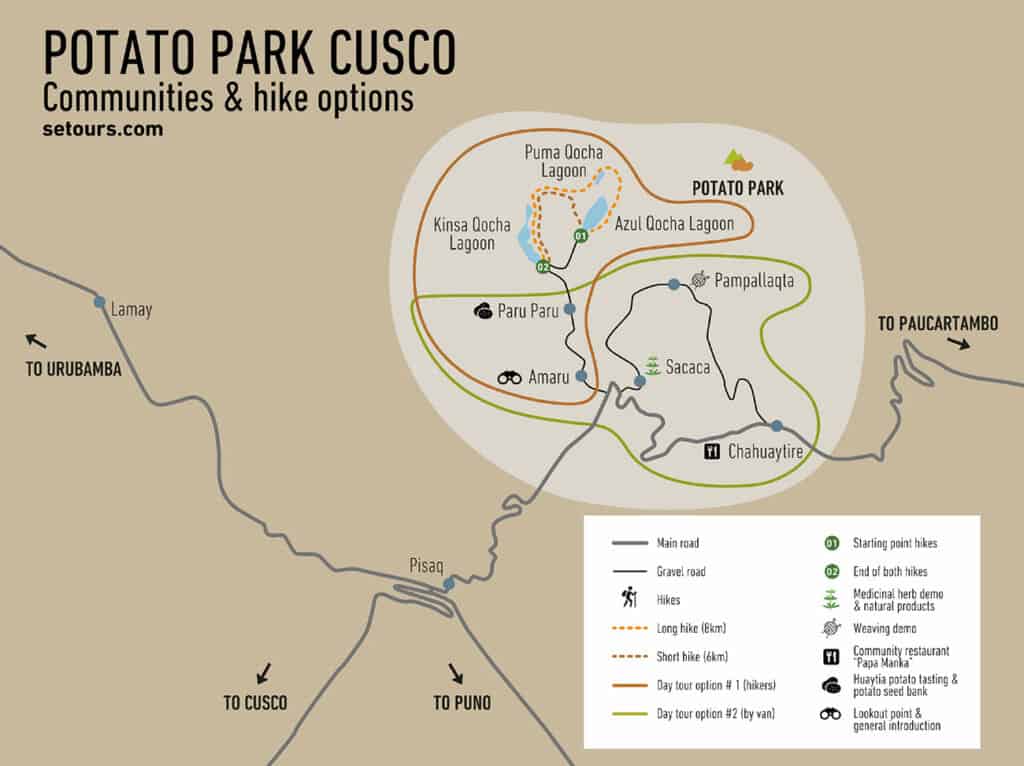
The starting point for our visit was the community of Pisac in the Sacred Valley. Here, our host and guide, Mariano was waiting for us in the morning. We then drove uphill for about 30 minutes to reach the Parque de la Papa. Our first stop was at a viewpoint of the Amaru community. Here a small delegation welcomed us with flowers and even two musicians. I'm not a fan of ceremonies, but you could tell it was genuine and an important act for the locals.
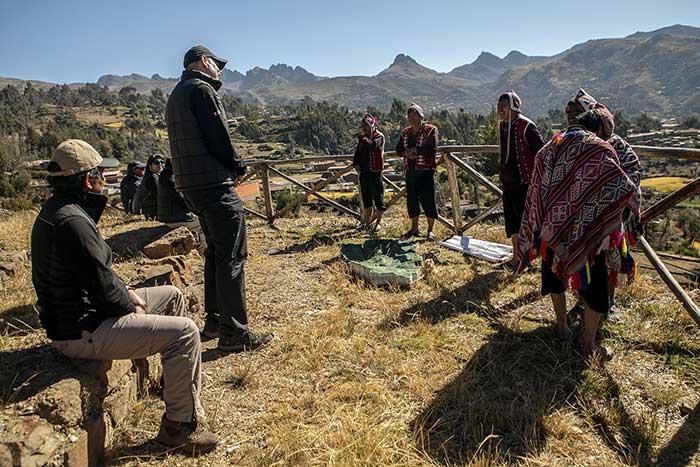
Here we also met Jhon, who is responsible for the tourism activities within the Parque de la Papa. Together with Mariano, he accompanied us for the rest of the day. During a short introduction, we learned about the history of the project - which was developed in cooperation with the NGO Andes, the participating communities, and the goals. The conservation of the potato species is only one aspect of a responsible and sustainable relationship with nature. For example, no wild animals are to be hunted, as they play an important role in the cycle of nature.
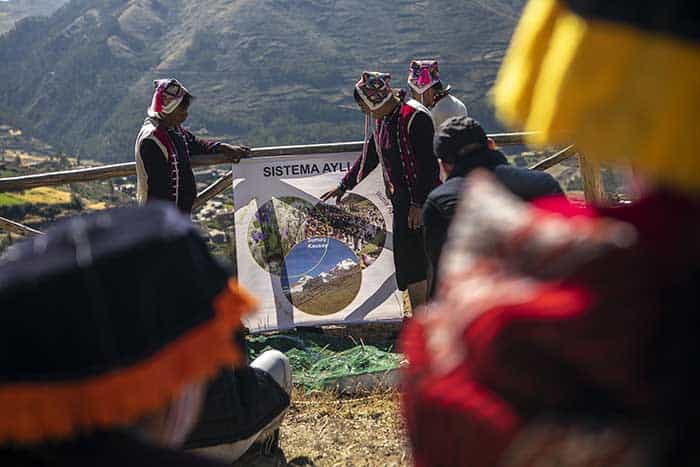
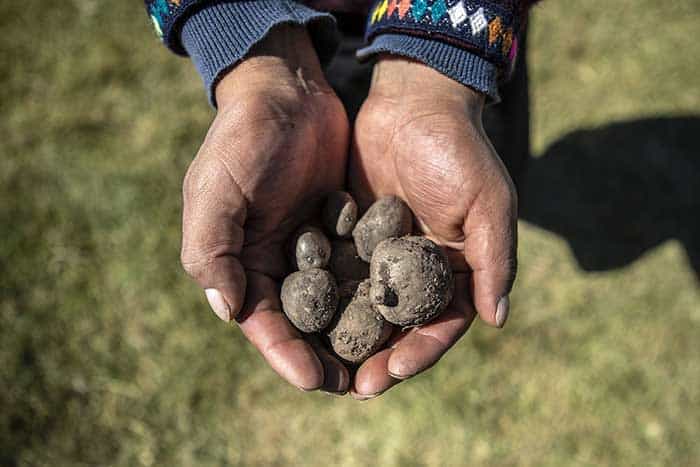
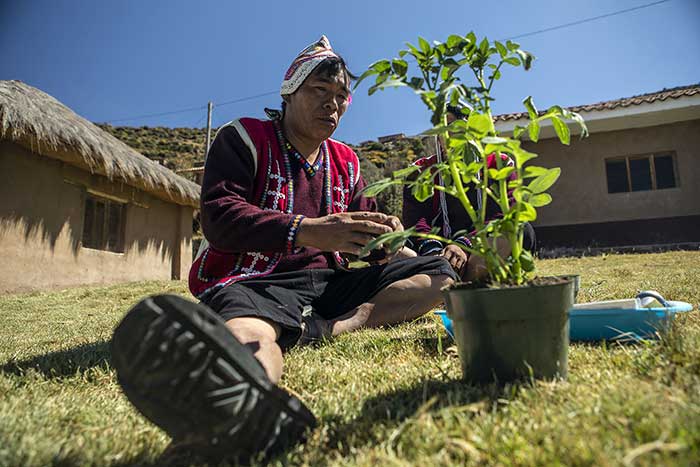
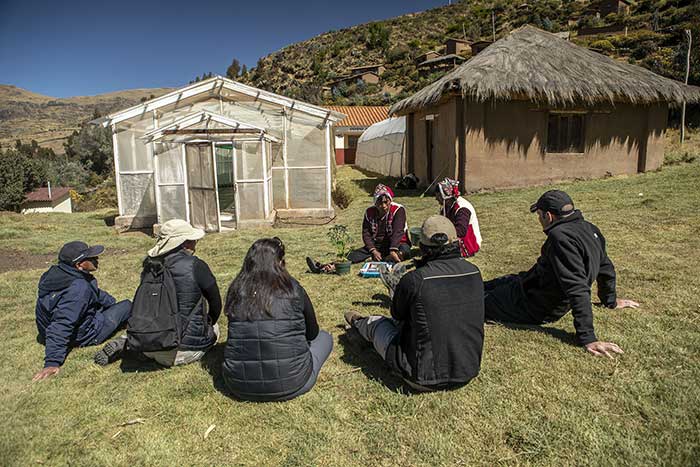
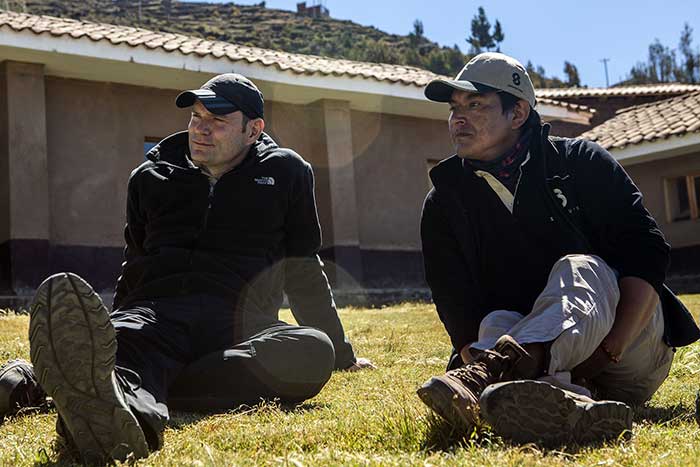
Afterward, we continued by car a short distance to the potato laboratory and greenhouse, in Paru Paru. In beautiful sunshine, we gathered in the lush courtyard and listened to Jhon and Mariano, who shared some of their rich knowledge with us potato amateurs. We then went into the greenhouse to see how the different varieties are multiplied and cultivated.
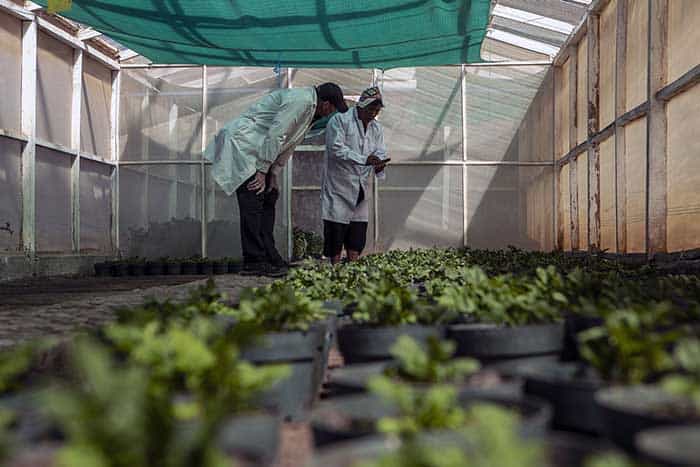
But enough of theory, now finally we had an opportunity to taste some of these amazing varieties. A young lady surprised us with a "huatia", the traditional preparation of potatoes while working in the fields. The potatoes are cooked in a hot earth oven and then eaten together with an herbal sauce or cheese. What can I say? Incredibly delicious, I couldn't have dreamt of anything better. The colors were particularly intriguing; some potatoes had a dark purple color on the inside, which I had never seen before.
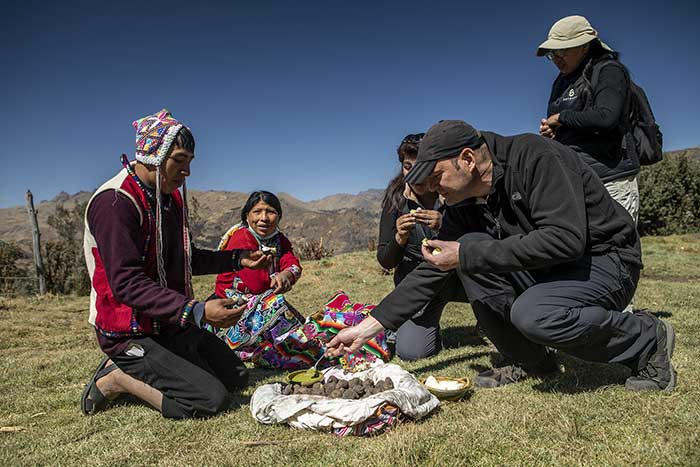
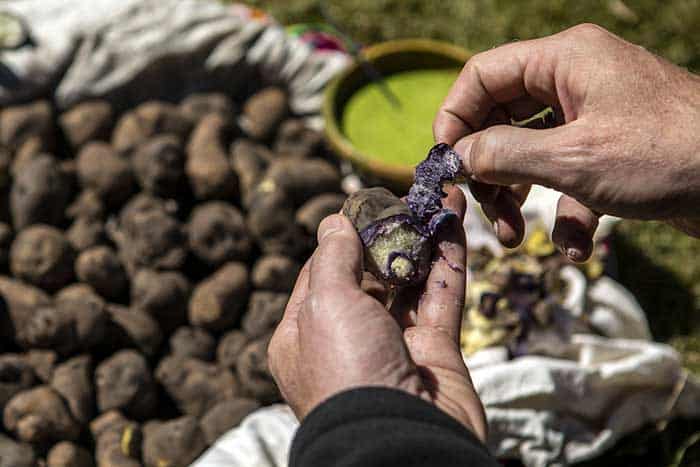
Freshly nourished, we began the active part of our tour with a hike around the lagoons located in the Parque de la Papa. We started at the Azul Qocha lagoon, which is a spectacular sight itself. Mariano told us about a small hidden lagoon called Puma Qocha further uphill. Feeling energized by our potato tasting, we decided to incorporate this detour into our hike and definitely didn't regret it. Amid the secluded landscape, this gorgeous dark blue lagoon sits enthroned above its bigger sister, Azul Qocha.
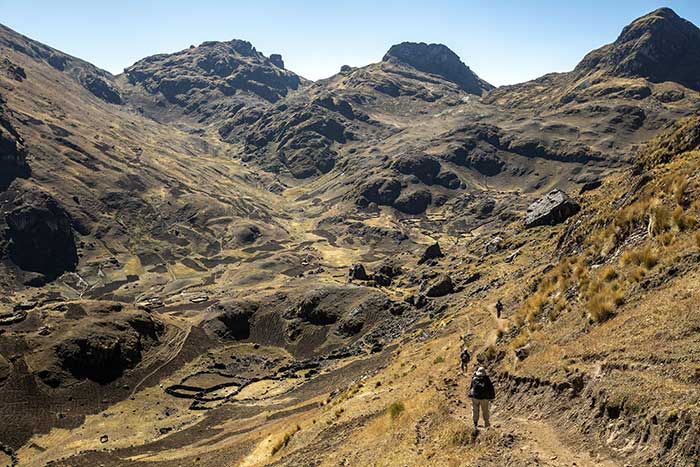
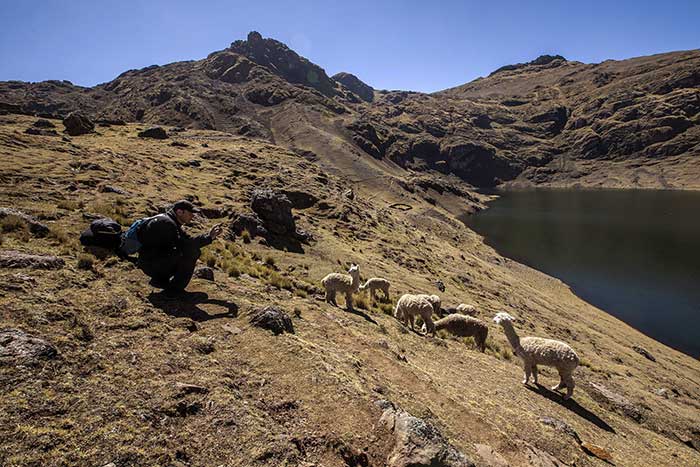
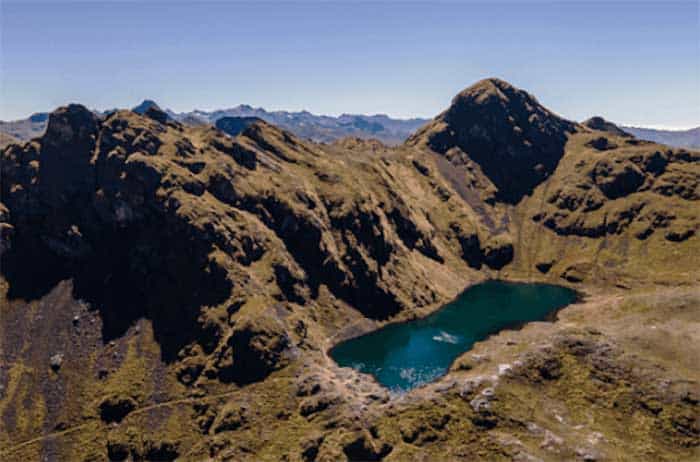
Heading back, we met a few shepherds who graze sheep, llamas, and alpacas here, sometimes on extremely steep terrain. A few hours of a stunning hike later, we reached the last lagoon of our trek, Kinsa Qocha. This double lagoon fascinated me particularly because of the different colors and their gradients. Luckily, we were able to take some spectacular photos of the lagoons, as putting their beauty into words is challenging.
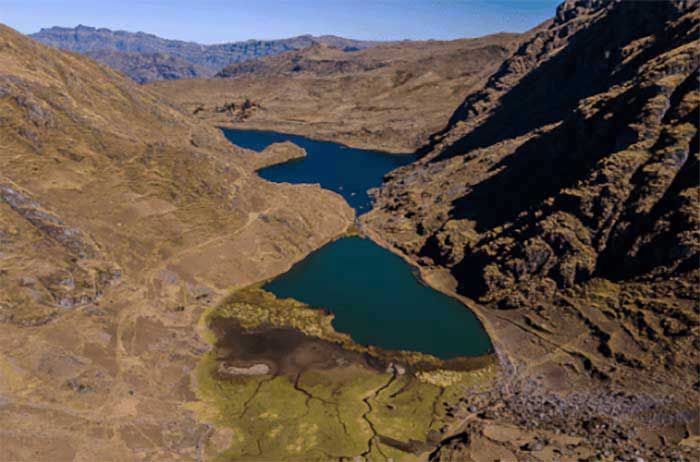
When we reached the final section of the lagoon, our well-deserved lunch was waiting for us. Of course, everything revolved around potatoes again. We even had a sweet potato crème for dessert and a "Papa Sour" (the potato version of the Pisco Sour) to go with it.
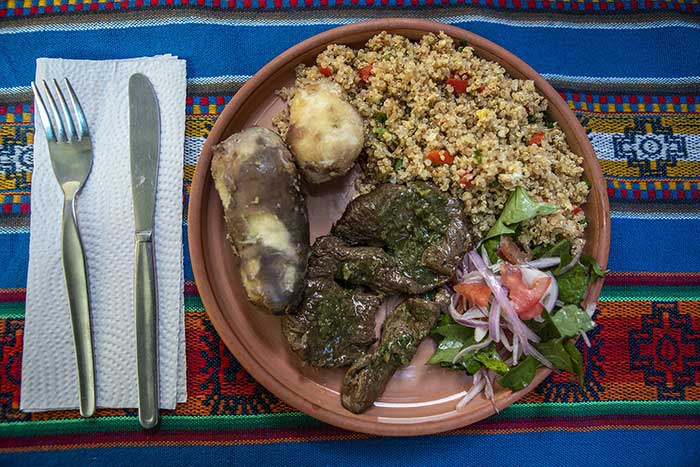
Refreshed, we then drove on to the community of Pampallaqta, the highest village in the potato park. The storehouse for the various potato bulbs is also located here, as the cold temperatures ensure optimal preservation. We were then met by some ladies who showed us the traditional processes of spinning, dyeing, and weaving. The techniques they use, follow the same techniques passed down from generation to generation.
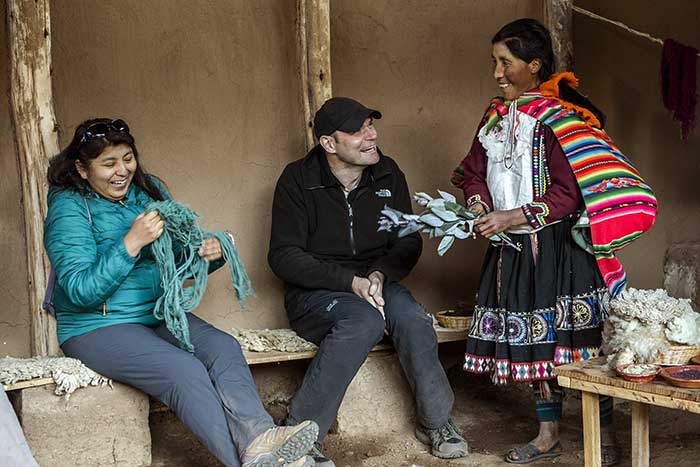
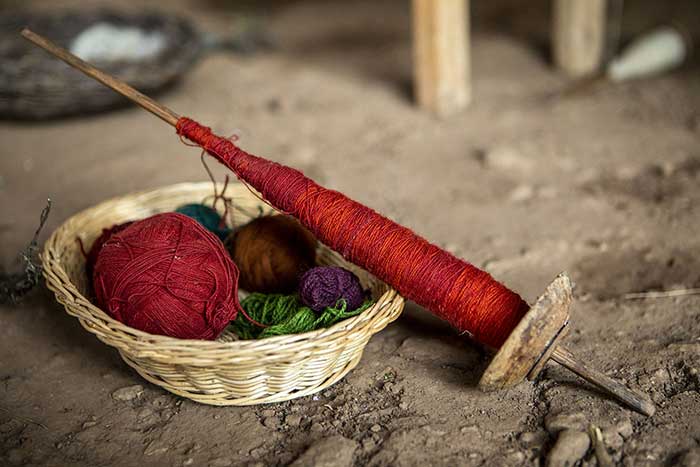
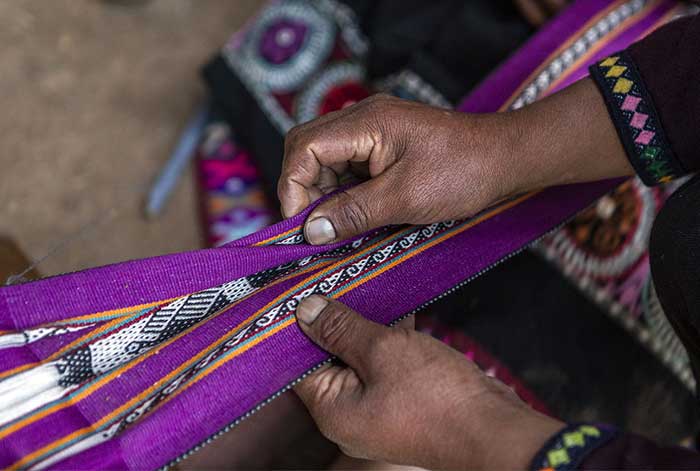
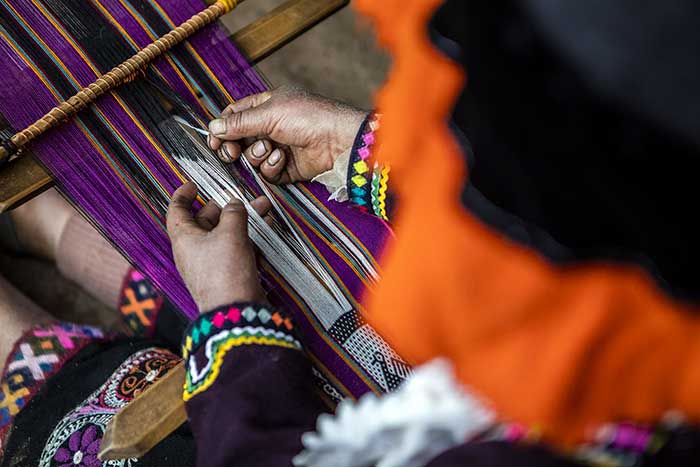
Our last stop was in Sacaca, where a group of women is working on the cultivation and use of medicinal herbs. We learned about the different curative uses of the herbs, which have always played an essential role in traditional Andean medicine. Today, the ladies process the herbs into various teas and medicinal balms. We were able to buy these interesting products directly from them.
As we reached the end of an intensive yet fascinating day, we said farewell to Jhon and Mariano. Hopefully, this article will also spark the interest of a reader, who would like to see and support this project firsthand.
